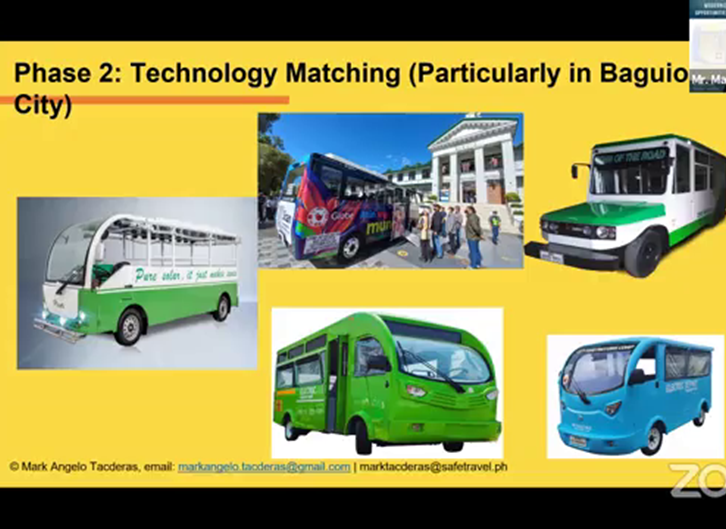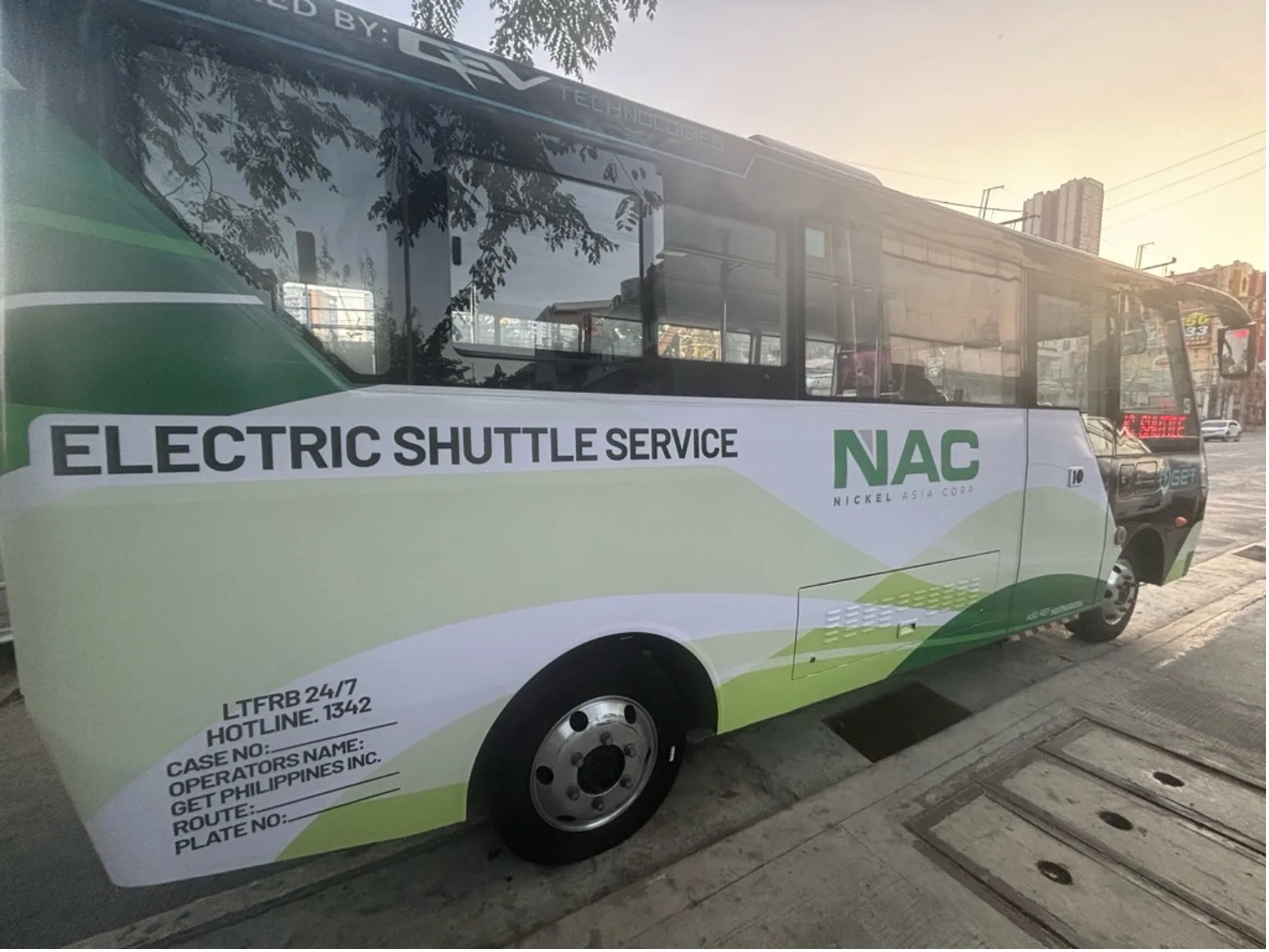Leading Advantages of Transit Advertising Philippines for Services
An In-depth Assessment of the Strategies and Methods for Effective Transportation Advertising And Marketing Campaigns
Transit ad campaign provide an one-of-a-kind possibility for brand names to involve with diverse audiences in dynamic settings. To achieve success, it is vital to comprehend the subtleties of target demographics, execute cutting-edge design techniques, and choose optimum placement locations. Additionally, the efficiency of these campaigns can be substantially improved by carefully keeping an eye on efficiency metrics and adjusting techniques as necessary. As we explore these essential parts, it comes to be clear that the course to an impactful transit advertising strategy is both detailed and fulfilling, raising the question of just how finest to navigate these complexities for maximum brand presence.
Understanding Target Demographics
Recognizing target demographics is essential for the success of transit marketing projects (Transit Advertising Philippines). Determining certain target market segments makes it possible for marketers to tailor their messages properly, making sure that the content resonates with the intended audiences. This strategy boosts engagement and makes best use of return on financial investment
To efficiently examine target demographics, online marketers need to take into consideration a number of crucial variables, consisting of age, income occupation, level, and way of living choices. For example, a campaign focused on young specialists might concentrate on ease and modernity, while one targeting households might emphasize security and dependability. Additionally, geographical factors such as rural versus urban settings can dramatically influence consumer behavior and choices.
Data collection techniques such as surveys, focus groups, and social networks analytics supply important insights into group patterns and customer routines. By leveraging this details, advertisers can craft engaging stories that align with the values and requirements of their target audience.
Inevitably, comprehending target demographics not only notifies the critical instructions of transportation advertising and marketing campaigns however also guarantees that sources are designated effectively. This targeted strategy raises the possibility of accomplishing campaign objectives, cultivating brand commitment, and driving conversions.
Imaginative Style Methods
Effective interaction with target demographics depends heavily on cutting-edge creative layout methods in transit advertising projects. To properly catch attention in a crowded aesthetic environment, designers have to focus on quality and aesthetic impact. Using bold shades and high-contrast elements can enhance exposure, guaranteeing that messages are conveniently clear from a range.
Incorporating vibrant images that resonates with the target market is crucial. Aesthetic storytelling strategies can evoke emotions and develop memorable organizations with the brand name. Furthermore, calculated usage of typography helps convey vital information quickly; legible typefaces and suitable sizes better boost readability.
Incorporating interactive aspects, such as QR codes or augmented reality features, can engage travelers past easy observation (Transit Advertising Philippines). These techniques not only advertise customer communication but also connect the space in between traditional marketing and electronic engagement
Furthermore, making use of space artistically-- whether on bus wraps, transit shelters, or train ads-- can result in ingenious layouts that break the mold and mildew of standard advertising and marketing. By welcoming imaginative imagination while preserving brand uniformity, projects can promote a strong link with their target market, eventually driving both understanding and action. The combination of these layout techniques is extremely important for achieving effective transportation marketing outcomes.
Strategic Placement Methods
Maximizing the influence of transportation advertising depends upon critical placement approaches that make certain ideal presence and involvement. Reliable positioning includes comprehending and assessing high-traffic areas guest demographics to determine one of the most helpful places for advertisement displays. For example, positioning ads near entries and exits of transportation automobiles can capture the interest of boarding and alighting travelers, therefore enhancing exposure.
Furthermore, using both interior and external surface areas of transit lorries can dramatically broaden reach. Outside advertisements, noticeable during commutes, involve pedestrians and various other vehicle drivers, while indoor advertisements target passengers in a restricted atmosphere. Furthermore, positioning advertisements in transportation centers, such as bus terminals or train stations, allows for boosted impacts as commuters shift in between various modes of transportation.
Timing is also crucial; aligning the campaign launch with peak traveling periods takes full advantage of audience interaction - Transit Advertising Philippines. Additionally, leveraging digital screens en route settings can promote dynamic web content, enhancing and supplying real-time updates customer communication. By employing these tactical placement approaches, his response marketing professionals can you can check here ensure that their transit ad campaign attain maximum visibility, reverberate with the target audience, and inevitably drive desired results

Determining Project Efficiency
To examine the success of transportation ad campaign, it is vital to utilize a range of measurement techniques that offer understandings right into audience engagement and overall effectiveness. One key approach is making use of vital performance signs (KPIs), such as reach, impacts, and involvement rates, which measure the amount of individuals engaged and saw the advertisement with it.
Studies and focus groups can additionally be critical in evaluating consumer assumptions and recall, enabling marketing professionals to comprehend the impact of their messaging. Additionally, tracking website web traffic and social media sites involvement throughout and after the project helps measure straight responses to the advertising.
Another reliable strategy is using location-based analytics, which can supply data walking website traffic around particular transportation areas, offering insights into whether the project successfully caught the attention of commuters. Furthermore, analyzing sales information can reveal relationships between transportation advertising and marketing and raised income, giving concrete evidence of a campaign's efficiency.
Study of Success
Comprehending the performance of transit marketing campaign through measurement methods lays the foundation for examining real-world examples that show effective end results. One remarkable study involves a nationwide beverage brand name that made use of bus wraps in city locations. The campaign aimed to boost brand name presence and sales throughout the summer season. By employing geo-targeted electronic advertisements and analytics, the brand name determined a 30% rise in sales in areas where the covers were plainly displayed, click here to read demonstrating the direct effect of transit marketing.
Another compelling example comes from a neighborhood nonprofit organization that launched a project on metro platforms to promote a community event. The company incorporated dynamic visuals with QR codes directing commuters to an enrollment page. Post-campaign analysis disclosed a 50% rise in event participation contrasted to the previous year. Making use of direct interaction with innovation enhanced the campaign's reach and performance.

Verdict
In summary, successful transportation advertising and marketing projects demand an extensive strategy that integrates an understanding of target demographics, ingenious layout methods, and critical placement. By prioritizing psychological engagement with vibrant visuals and optimizing exposure throughout top travel times, brands can substantially enhance their impact. Furthermore, continuous dimension of project efficiency with essential efficiency indications and consumer comments makes certain continual renovation. Collectively, these techniques foster brand existence and optimize the roi in transit advertising initiatives.
Recognizing target demographics is crucial for the success of transit advertising and marketing projects.Efficient communication with target demographics relies heavily on innovative creative design techniques in transit advertising campaigns. By employing these tactical positioning approaches, marketers can ensure that their transit advertising projects accomplish maximum exposure, resonate with the target audience, and ultimately drive desired end results.
Recognizing the effectiveness of transit advertising campaigns through dimension strategies lays the foundation for checking out real-world instances that show successful outcomes.In recap, successful transit advertising and marketing campaigns demand a detailed method that integrates an understanding of target demographics, innovative layout techniques, and critical positioning.